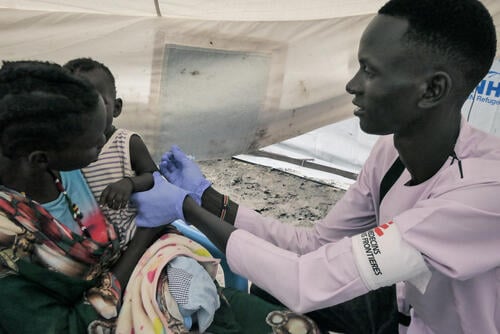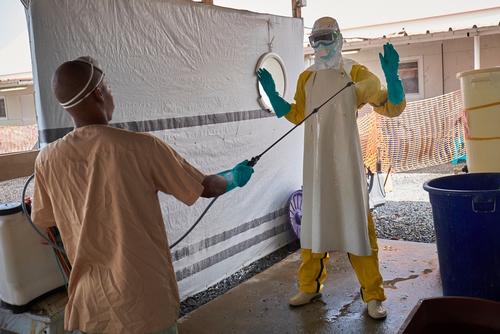In 2021, around 81 per cent of children received a routine dose of measles vaccine by their first birthday, which is the lowest percentage since 2008. The disease is extremely contagious, yet easily preventable with two doses of a vaccine. MSF has vaccinated over 34 million children against measles since 2006. Outbreaks are fuelled by weak public immunisation systems and low vaccination coverage, including in areas of conflict and among high numbers of people living in close quarters, such as refugee camps.

1.5
1.5
3,295,700
3,295,7
148,000
148,
Quick facts about measles

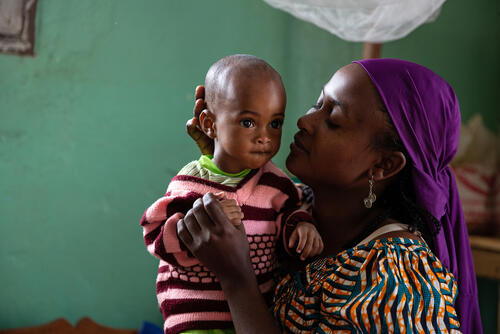
Those most at-risk of contracting measles are under- or unimmunised people, especially children aged under five. Areas of conflict or high-density settings – such as refugee camps – with low immunisation rates and weak local health systems often see epidemics. The Democratic Republic of Congo, Central African Republic and other countries are prone to outbreaks because local health authorities often lack the resources to carry out routine vaccination. In addition, the remote, difficult terrain in some parts of these countries makes the logistics of transporting materials needed for vaccination campaigns extremely challenging.

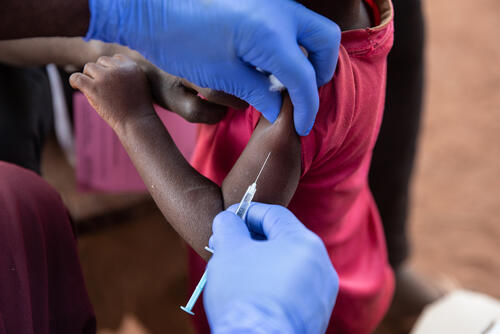
Measles is caused by a virus so contagious that 90 per cent of non-immune people living with an infected person will catch it; one sick person can infect up to 18 others. It is transmitted from the nose, mouth or throat of infected people through coughing, sneezing and breathing. Vaccination is the best protection against measles.

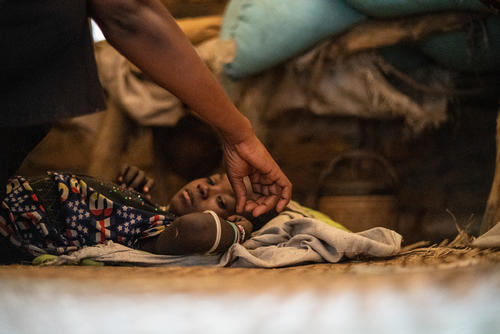
Measles symptoms appear between 10 and 14 days after exposure to the virus and include a runny nose, cough, eye infection, rash and high fever. In up to 20 per cent of cases, measles causes serious and potentially fatal complications, including severe diarrhoea, respiratory tract infections like pneumonia, blindness and encephalitis (inflammation of the brain).

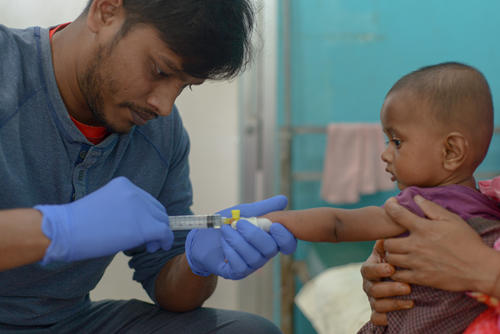
There is no specific antiviral treatment for measles and people receive treatment for the symptoms, such as fever. Care involves isolating patients and treating them for complications. Most people recover within two to three weeks, but in low-resource settings, up to 15 per cent of people infected with measles die from one or more of these complications. Children, especially those under five and those who may have other immune-suppressing illnesses, such as severe malnutrition, make up most of those who die from the disease.


To declare an outbreak, laboratory confirmation of diagnosis is required. In overcrowded or closed settings, such as camps for refugees and displaced people, one confirmed case of measles is considered an outbreak because the disease spreads so quickly and easily. MSF responds during outbreaks by providing treatment to people with measles and by implementing large-scale vaccination campaigns.
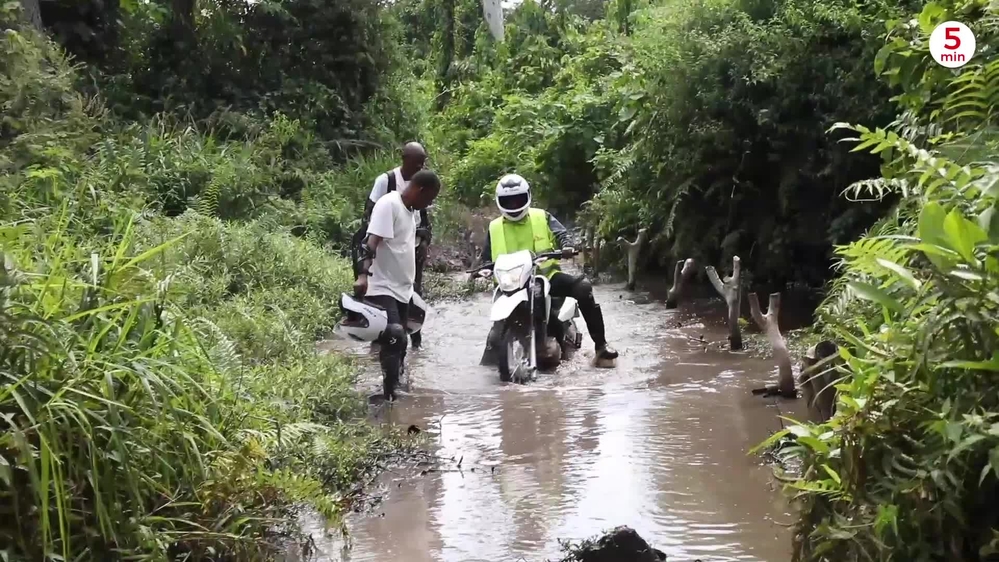
Measles: 5 minutes to understand
5 minutes to understand
Measles is a highly contagious disease can cause deadly epidemics.
The World Health Organization estimates that measles cases in Africa rose 700 per cent between 2018 and 2019.
In low-income countries, when measles is combined with malnutrition or malaria, it’s effects can be devastating. But, thanks to a safe, cheap and effective vaccine, measles is a preventable disease.
In Chad, Niger, and Nigeria, supply and cold chain issues, lack of staff and resources have all affected recent vaccination campaigns. As a result, epidemics that broke out in 2018 continue to claim lives.
Taking action in contexts like these necessitates a series of strategic decisions.
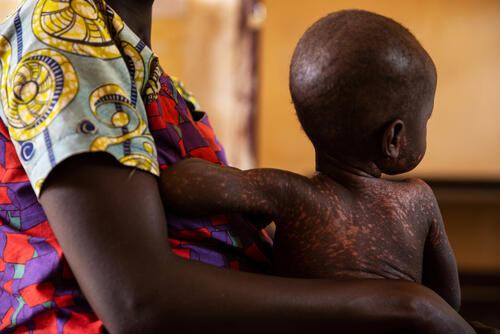
Stories from the field
A huge proportion of children are susceptible to measles.Anna-Clara Ivarsson

Vaccination campaign suspended due to fighting in Dayniile
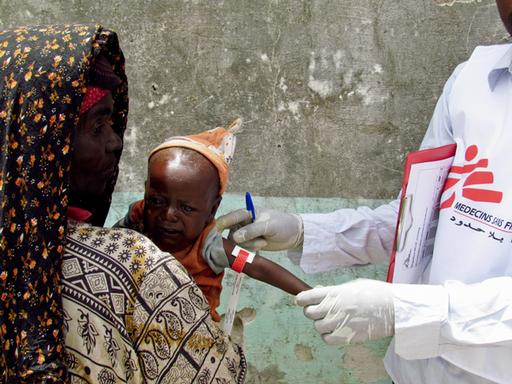
Measles vaccination and malnutrition

Uphill challenge to fight diseases in Marere

'Measles epidemic spiralling out of control' according to MSF

The false victory over measles

MSF measles programs
Research & Analysis

MSF Field Research
We produce important research based on our field experience. So far, we have published articles in over 100 peer-reviewed journals. These articles have often changed clinical practice and have been used for humanitarian advocacy. All of these articles can be found on our dedicated Field Research website.
Visit site



